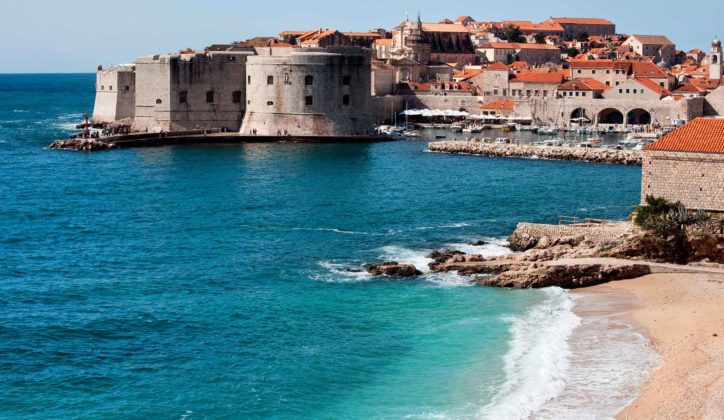Published on: April 22nd, 2024
Last modified: April 24th, 2024
Croatia is known for its ancient cities, dazzling coastline and striking mountain scenery – but this impossibly picturesque country is also a gourmet paradise. Croatian food includes many singular specialties that reflect not only regional diversity, but also various influences from Eastern European and Mediterranean cuisine.
From the culture-packed cities of Zagreb and Dubrovnik to seaside gems like Split and Korčula, every part of the country has its own authentic dishes. No trip is complete without sampling at least a few (if not all) of these traditional Croatian foods. Whether you’re into fresh seafood, hearty stews, cheesy treats or fried sweets, there’s a Croatian delicacy on the menu for you.
Traditional Croatian Dishes
Croatian dishes are nothing if not varied. Part of what makes this cuisine so difficult to define – and so easy to love – is the fact that it incorporates so many different flavour profiles and ingredients. That said, there are some common threads and core elements.
Olive oil is a staple ingredient in all of Croatian cuisine, having been produced here for millennia. And you can expect to find plenty of seafood, including grilled fish, sardines, octopus, mussels and oysters, across the country’s extensive coastline and hundreds of islands. Many of the most authentic and beloved Croatian dishes feature locally sourced elements like these.
With that in mind, here are nine of Croatia’s best culinary specialties to try on your next trip.
1. Crni rižot
Crni rižot, or black risotto, is one of Croatia’s boldest dishes in terms of both flavour and presentation. Its dramatic black colour comes from the ink of squid or cuttlefish, which is complemented by onion, garlic, olive oil, red wine and sometimes shrimp or other shellfish. This is a must-try dish in Dalmatia, the southern region where you’ll find Split, Dubrovnik and Zadar.
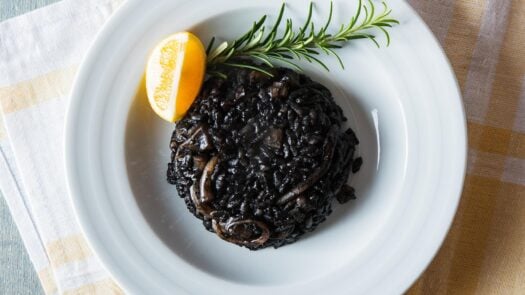
2. Pašticada
Another iconic dish from the Dalmatian coast, pašticada is Croatia’s quintessential beef stew. Traditionally served with homemade njoki (gnocchi), its main attraction is tender beef fillets that are first marinated in vinegar, then cooked very slowly with wine, prunes, figs and seasonings. The result is an incredibly rich blend of flavours that pairs perfectly with the pillowy njoki.
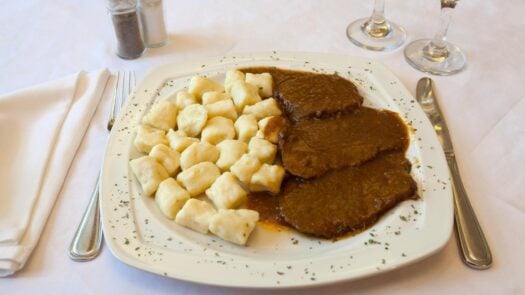
3. Brudet
Brudet is an Italian-influenced fish stew that’s common in Croatia’s coastal areas, particularly in the northern region (thanks to its proximity to Italy). Originally a humble fishermen’s dish, it can include various kinds of fish and shellfish, which are cooked with tomatoes, onions, garlic and traditionally vinegar for preservation purposes.
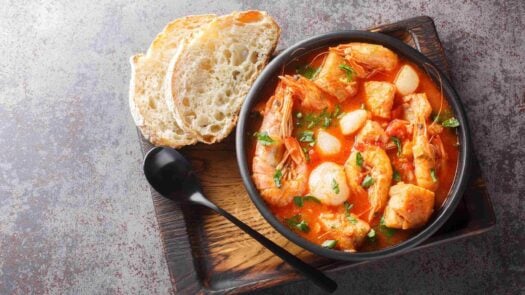
4. Peka
Technically peka isn’t a specific dish, but a cooking technique. It involves slowly cooking meat, seafood, potatoes and/or other vegetables under a large round lid that’s heated by hot coals. This helps to really bring out all the flavours, whether veal, lamb or octopus is the star of the show. Due to the long cooking process, it usually has to be ordered several hours in advance.
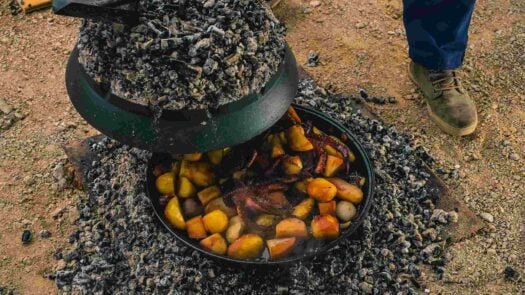
5. Fuži s tartufima
This distinctive pasta dish hails from Istria, a large peninsula in northern Croatia that juts out into the Adriatic Sea. This region produces the country’s famous truffles – featured in many traditional Croatian dishes – as well as the tubular pasta known as fuži. If you see fuži s tartufima (fuži with truffle sauce) on a menu, don’t miss the chance to sample both at once.
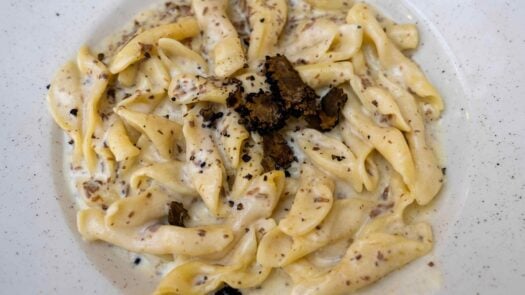
6. Pršut
Croatian pršut is more than cured ham – it’s a source of national pride. Sometimes likened to Italian prosciutto or Spanish jamón, it’s paper-thin and incredibly flavourful, having been dried and aged for as long as two years. The curing process varies by region and producer; some add seasonings like garlic or rosemary, while others smoke it or take advantage of the famous bura (a strong coastal wind) to dry it out naturally.
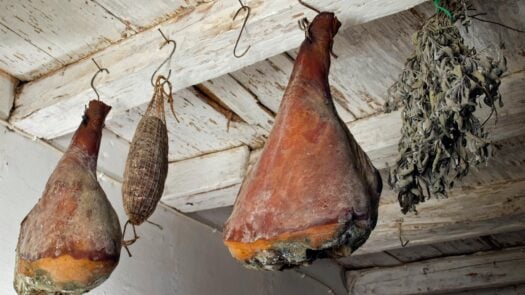
7. Paški sir
Literally meaning ‘cheese from Pag’, paški sir does indeed come from the island of Pag near Zadar. This delicacy owes much of its value to the bura wind that affects the island’s plant life, which is consumed by the sheep whose milk is used to make the cheese. Paški sir comes in large wheels and has a hard or crumbly texture (depending on its age) and a salty, tangy taste.
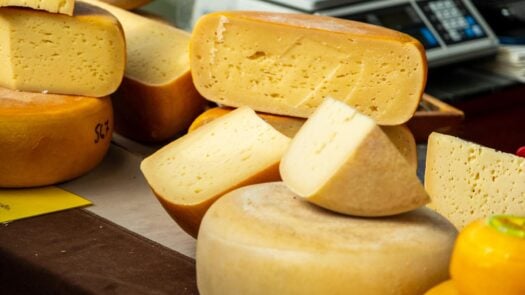
8. Zagorski štrukli
One of the most ubiquitous dishes in northern Croatia, Zagorski štrukli is a versatile pastry filled with cheese, eggs and sour cream. You’re especially likely to find it in the Hrvatsko Zagorje region or Zagreb, where it’s eaten as an appetiser, snack, main dish or even dessert. Sweet versions include sugar and sometimes fruit, but the classic savoury štrukli is the most common.
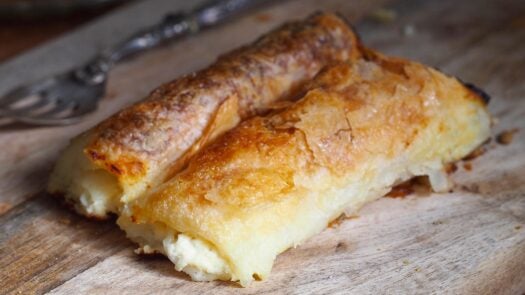
9. Fritule
Many countries have their own version of a deep-fried festive treat, and in Croatia it’s fritule: small balls of fried dough that are sprinkled with powdered sugar and sometimes flavoured with rum and raisins or citrus zest. Although this indulgent sweet is often associated with Christmas and other holidays, it’s also sold as a street food year round and is common at local festivals.
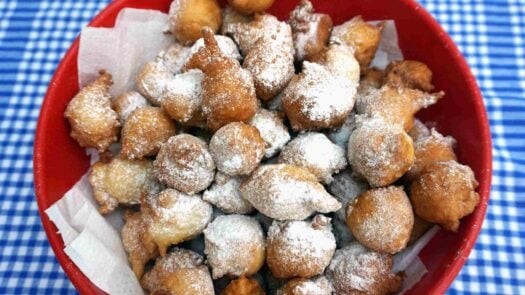
Croatian Wine
We can’t talk about Croatian food without mentioning the wonderful world of Croatian wine. The country has been making wine since the Bronze Age, and boasts more than 100 native grape varieties. Today Croatian wine is primarily produced in Dalmatia, Istria and the upper inland areas of the country.
Some of Croatia’s most common native wines are the white graševina and malvazija Istarska and the red plavac mali. International grapes are also grown here, but it’s well worth trying the local specialties. We also suggest sampling stronger spirits like rakija, a fruit-based brandy, and maraschino, made from the sour marasca cherries that are cultivated around Zadar.
What is the national dish of Croatia?
There’s no clear consensus on the national dish of Croatia, since its cuisine varies so much by region. Some consider it to be Istrian yota: a slow-cooked stew of beans, bacon, potatoes and sauerkraut. But along the coast and farther south, people might call black risotto or pašticada the national dish instead.
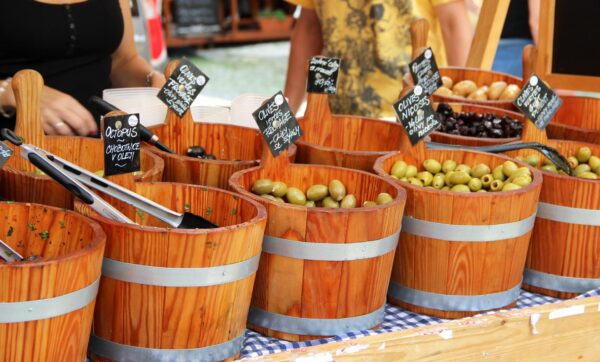
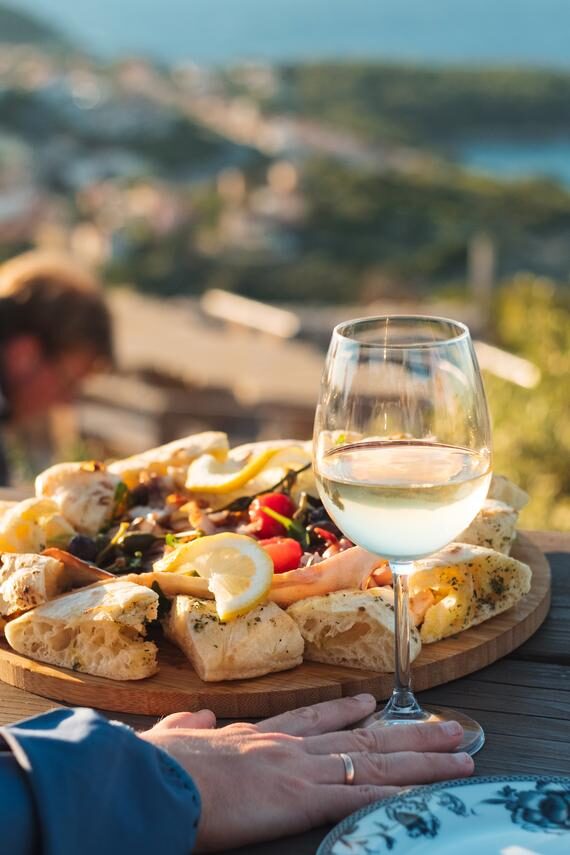
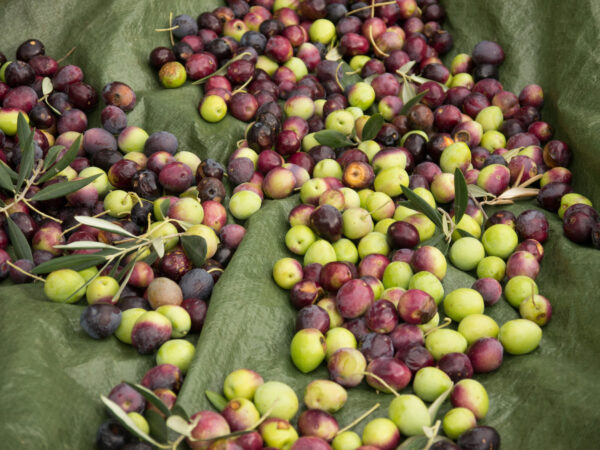
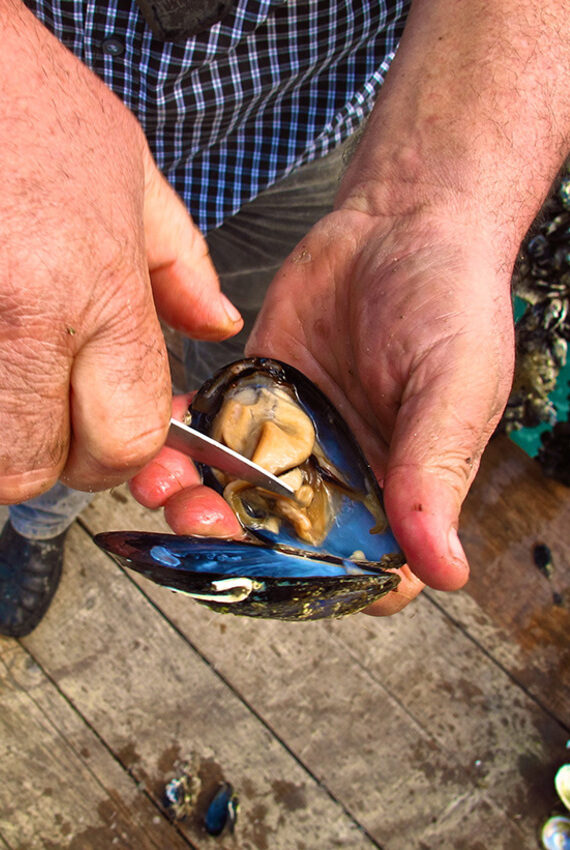
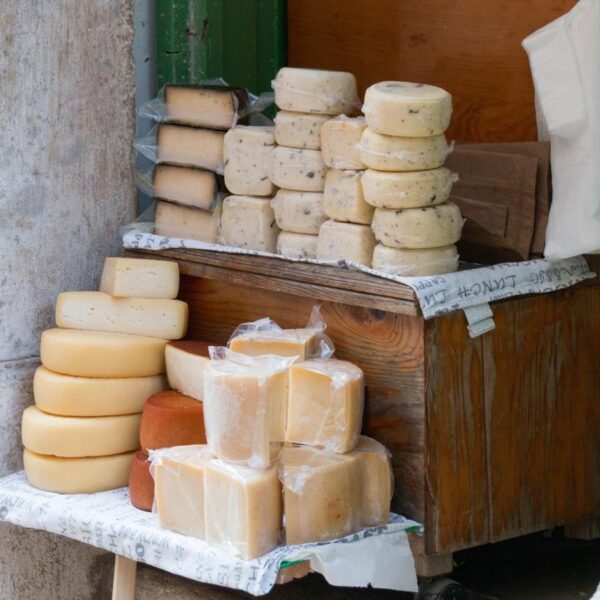
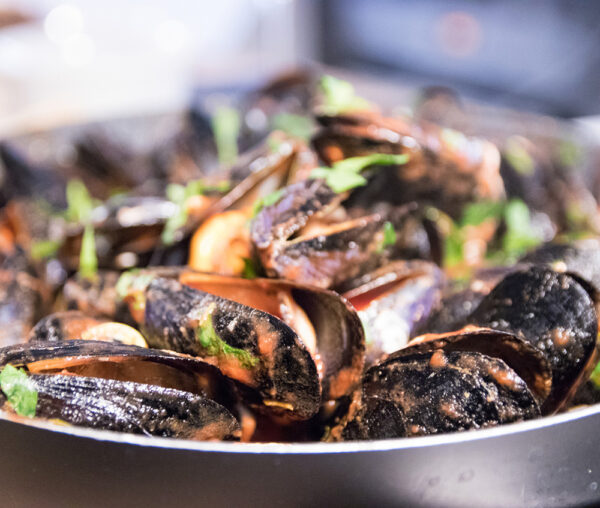

Trip Inspiration
Ready to plan your adventure?
Whatever you want from your Croatia tour, our team of expert travel designers are ready to help.





